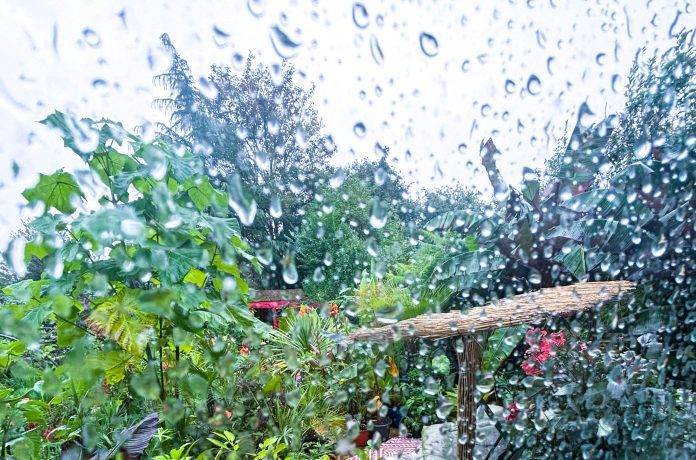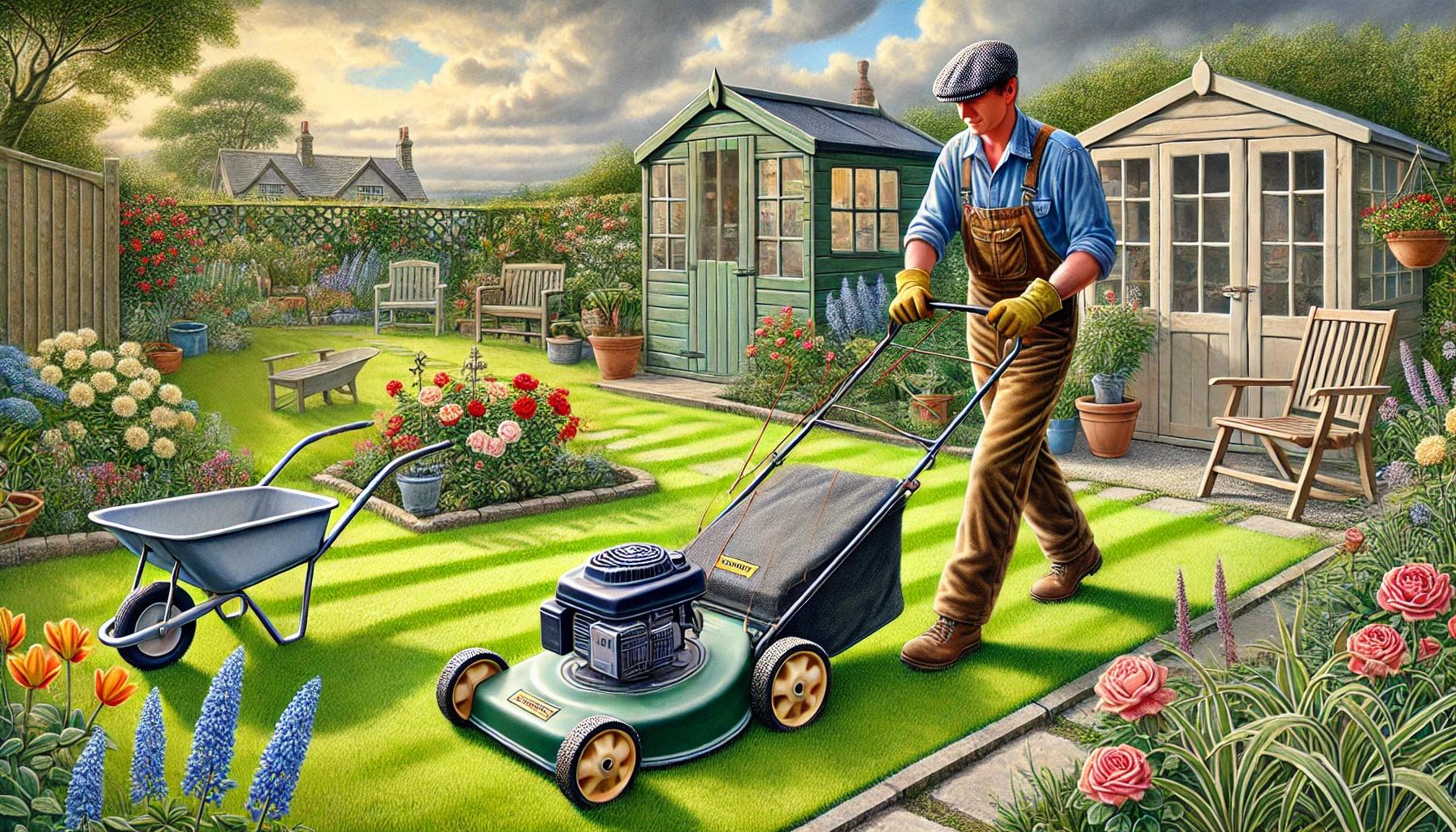Welcome to another episode of understanding gardening, the podcast where we dig into the roots of gardening and explore the wonders of nature. I’m Leslie, your local gardener and plant enthusiast, and today, we’re talking about one of the most essential elements for life in your garden—water.
Whether you’re growing veggies, flowers, or trees, water is a critical part of every garden’s health. But it’s not as simple as turning on the hose. There’s so much to understand about how plants use water, why different plants need different amounts, and how we, as gardeners, can make the best use of this precious resource. So grab your gloves and let’s dive right in!
Why Do Plants Need Water?
So, why do plants need water? It’s a great place to start. Water is essential for nearly every process that keeps a plant alive and thriving. First off, water helps transport nutrients from the soil into the plant. Think of it like a delivery service, moving those essential minerals and nutrients from the roots to every part of the plant.
But there’s more! Water is also crucial for a process called photosynthesis. You’ve probably heard about this one before. Photosynthesis is the process where plants take in sunlight and, with the help of water and carbon dioxide, convert that light into food. Without water, the whole photosynthesis process grinds to a halt, and the plant can’t produce the energy it needs to grow.
Water is also vital for cooling plants down through a process called transpiration. In short, it’s the plant’s version of sweating. Water moves through the plant and evaporates from the leaves, cooling it down and preventing it from overheating on those hot summer days.
Different Plants, Different Needs
Now, not all plants are created equal when it comes to how much water they need. Some plants, like succulents and cacti, have adapted to thrive in dry, arid conditions with very little water. They store water in their thick leaves and stems, so they don’t need regular watering.
On the other hand, plants like ferns or tropical varieties need a lot more moisture to stay happy. Their native habitats are humid and rainy, so they’re used to consistently wet conditions. That’s why it’s super important to know what kind of plants you’re working with in your garden. Too much or too little water can spell disaster.
A big part of it has to do with the size and structure of the plant’s root system. For instance, deep-rooted plants, like trees and shrubs, can access water from deeper in the soil, so they don’t need watering as often. In contrast, shallow-rooted plants like annuals or some vegetables dry out quickly and need more frequent watering.
The Chemistry of Water and Plants
Let’s talk a little chemistry. When water enters a plant through its roots, it’s not just there to moisten things up. Water molecules are actually involved in splitting other molecules in a process called hydrolysis. This is crucial for breaking down nutrients and other compounds that the plant needs for growth.
Plus, water creates turgor pressure, which is what keeps plants upright. Without enough water, plants wilt because they lose that pressure inside their cells.
And here’s something interesting: plants actually “breathe” through small openings called stomata, which open and close based on the plant’s water level. If there’s not enough water, the stomata close up to prevent too much moisture loss, but that also limits the amount of carbon dioxide that enters the plant, slowing down photosynthesis.
Where Does Water Come From?
Now, where does the water we use in our gardens come from? On Earth, we’ve got a finite amount of water—about 71% of the planet is covered by it. Most of that water is in our oceans, but freshwater, which is what we use in gardens, is only about 2.5% of all the water on Earth.
This freshwater comes from various sources like rivers, lakes, underground aquifers, and, of course, the rain! But with climate change and growing water demands, it’s more important than ever to be conscious of how much we’re using in our gardens.
Tap Water vs. Rainwater
Let’s talk tap water versus rainwater. If you’ve got a garden, you’ve probably heard that rainwater is best for your plants—and it’s true! Rainwater is naturally soft, meaning it doesn’t have the added chemicals or minerals found in tap water, like chlorine or calcium. These substances can build up in your soil over time and cause issues for sensitive plants.
Rainwater is also slightly acidic, which can help plants absorb nutrients more easily. That’s why rainwater collection is such a popular method for eco-conscious gardeners.
Plants That Prefer Rainwater
I want to mention some plants that really prefer rainwater and can struggle with tap water due to its additives like chlorine, fluoride, and salts. If you’re growing these plants, it’s a great idea to collect rainwater for them:
- Blueberries – These plants thrive in acidic soil, and tap water can raise soil pH over time. Rainwater helps keep the soil’s acidity balanced.
- Azaleas – Another acid-loving plant, azaleas are sensitive to alkaline tap water. Rainwater helps them absorb nutrients more efficiently.
- Rhododendrons – Like azaleas, rhododendrons prefer slightly acidic conditions, which rainwater naturally provides.
- Camellias – These flowering shrubs can suffer from mineral buildup caused by hard tap water, so rainwater is a great alternative.
- Carnivorous Plants (like Venus Flytraps and Pitcher Plants) – These plants are highly sensitive to minerals in tap water. They need pure, soft rainwater or distilled water to stay healthy.
- Orchids – Orchids don’t like the salts and chemicals in tap water. Using rainwater can help prevent root burn and leaf discoloration.
- Ferns – Many types of ferns, especially tropical varieties, love the soft, mineral-free quality of rainwater.
If you grow any of these plants, try to avoid using tap water
How to Conserve Water in Your Garden
Since water is such a precious resource, it’s important that we conserve it whenever possible. Here are a few tips to help you use water wisely in your garden:
- Mulch, mulch, mulch! Mulching around your plants helps retain soil moisture and reduces the amount of water lost to evaporation.
- Water in the morning or evening. Watering during the cooler parts of the day means less evaporation and more water actually reaching your plants’ roots.
- Use a drip irrigation system. Drip systems deliver water directly to the base of your plants, reducing waste and keeping the leaves dry, which helps prevent disease.
- Plant drought-tolerant varieties. If you live in a dry area, consider planting native or drought-tolerant species that need less water.
Watering Methods and Best Practices
There are many ways to water your plants, but what’s the best? Well, it depends on your setup and what you’re growing.
- Hand watering is great for small gardens and gives you more control. Just be sure to water at the base of the plant and not the leaves.
- Soaker hoses are excellent for evenly distributing water directly to the soil, keeping plants hydrated while minimizing evaporation.
- Drip irrigation systems are efficient and automated, perfect for larger gardens or if you’re looking to conserve water.
- Sprinklers are a common choice, but they tend to waste a lot of water and can leave your plants’ leaves wet, which can lead to disease. Use them sparingly and in the early morning.
Water Features in the Garden—Ponds, Streams, and Wildlife
Water isn’t just for your plants. Adding water features like ponds or streams can create a thriving ecosystem in your garden. Water attracts wildlife such as birds, frogs, and beneficial insects, all of which can help control pests and promote pollination.
Aquatic plants like water lilies or pondweed also play an important role. They filter the water, provide shelter for small creatures, and create a beautiful, serene atmosphere in your garden. Just make sure your water features are well-maintained and not stagnant, as standing water can attract mosquitoes.
using tap water as much as possible. Your plants will thank you for it!
And that’s all for today’s episode on water and your garden! I hope you’ve learned a few tips and tricks to keep your garden well-hydrated while being mindful of water use. Whether you’re growing drought-tolerant succulents or a lush veggie patch, understanding how water works with your plants is key to a thriving garden.
If you enjoyed today’s episode, make sure to subscribe, leave a review, and share it with your gardening friends. Until next time, happy gardening, and may your plants always be green and your watering can never run dry!




